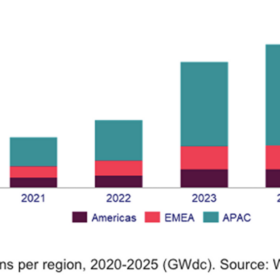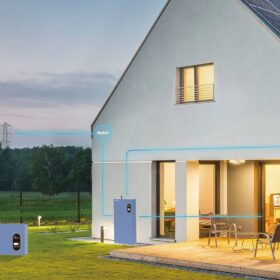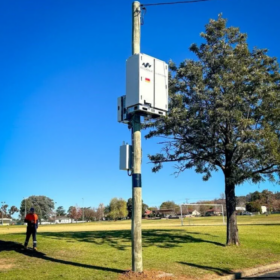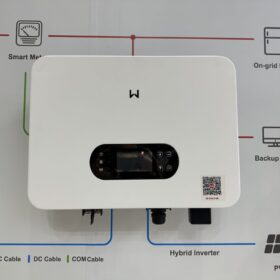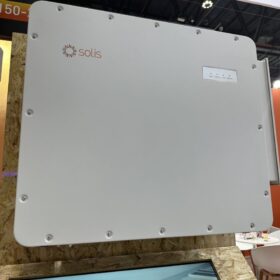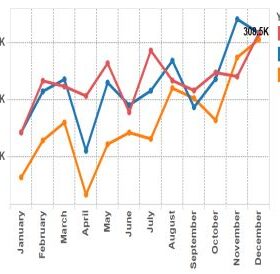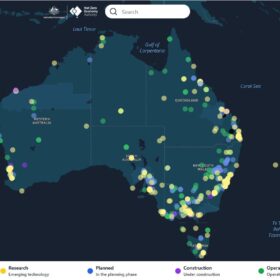Wood Mackenzie tips solar growth to stagnate in 2025
Wood Mackenzie’s latest report forecasts that 493 GW (DC) of solar will be added throughout the world this year, compared to 495 GW in 2024. Solar module prices are expected to rise this year as manufacturers aim to recover profit losses from the past two years.
Maximising rooftop solar energy potential rests on battery rollout
Sydney-headquartered residential battery storage solutions company VoltX Energy is expanding into Adelaide, South Australia with 10,000 Neovolt units to meet a surging demand.
Powerco trials power pole mounted batteries in first for New Zealand
Aotearoa New Zealand distributor Powerco is trialling five low-voltage pole-mounted battery energy storage systems on power poles in the North Island city of Tauranga.
Allume’s upscaled manufacturing of SolShare to stay in Australia
Victoria-headquartered technology solutions company Allume Energy is choosing to scale up the domestic manufacture of its apartment building energy management system SolShare in Australia, saying the benefits far outweighs moving offshore.
China hits 277.17 GW of new PV installations in 2024
China’s cumulative installed solar capacity hit 886.66 GW at the end of 2024, with 277.17 GW of new annual installations, up 45.48% year on year. The deployment surge exceeded forecasts, setting a new historical record for PV installations.
Ausgrid adds community battery to support solar
New South Wales network operator Ausgrid has added another community battery to its portfolio, powering up a 200 kW energy storage system in the Sydney suburb of Cammeray.
GoodWe unveils hybrid inverters for homes with weak wireless service
GoodWe says its ES Uniq Series hybrid inverters suit on-grid and off-grid applications, offering a maximum efficiency of 97.6% and a European efficiency of 96.2%.
CEFC invests $100 million into energy efficient apartment developments
The Clean Energy Finance Corporation has invested $100 million in the property development strategy of France-headquartered investment firm AXA IM Alts, which aims to embed sustainability into their Australian builds.
Solis releases three-phase string C&I inverters with fuseless design
The Chinese inverter manufacturer said its new inverters have an MPPT current of up to 54 A and support more than a 150% DC/AC ratio. The new products also feature a maximum efficiency of 98.8% and a European efficiency rate of 98.3%.
Rooftop solar install rates end year on high
Australia’s rooftop solar market finished 2024 on a high with about 309 MW of monthly installations delivering one of the best December totals of recent years and putting the national trend back on the up.
